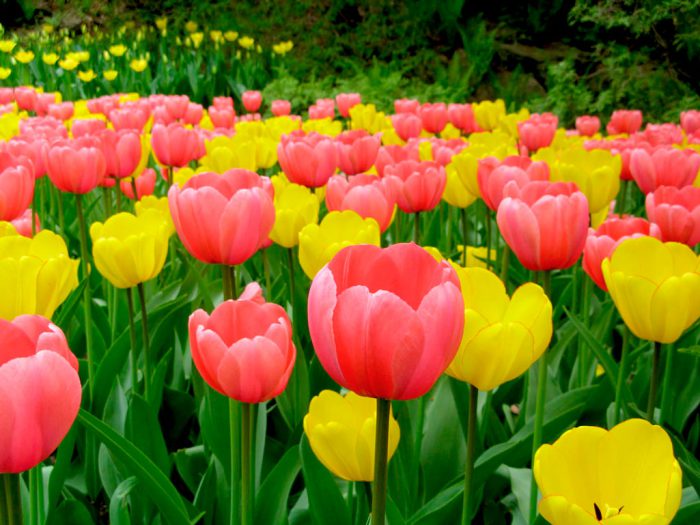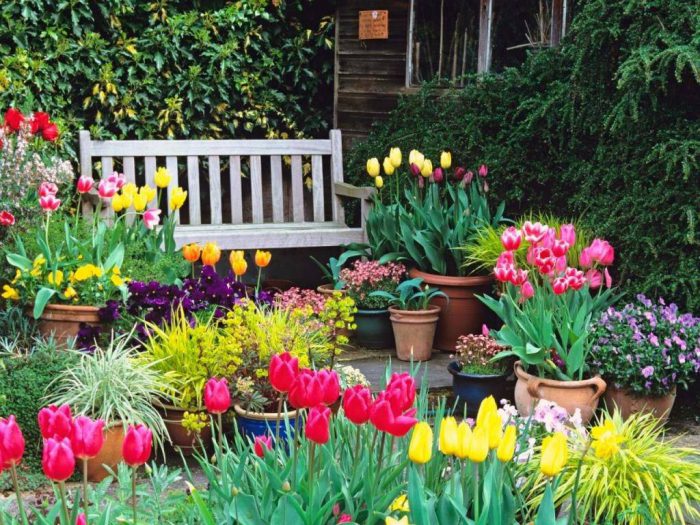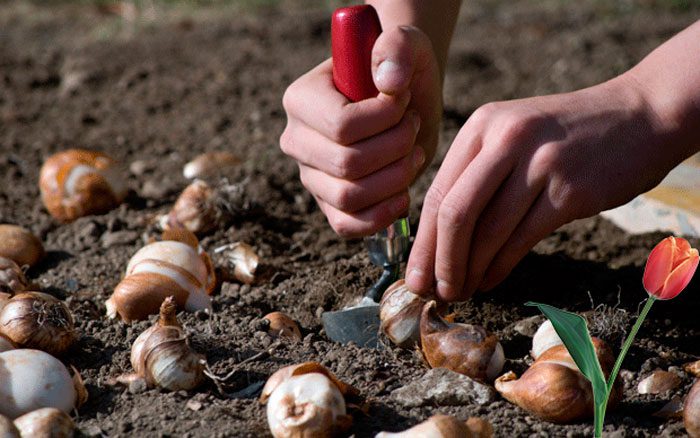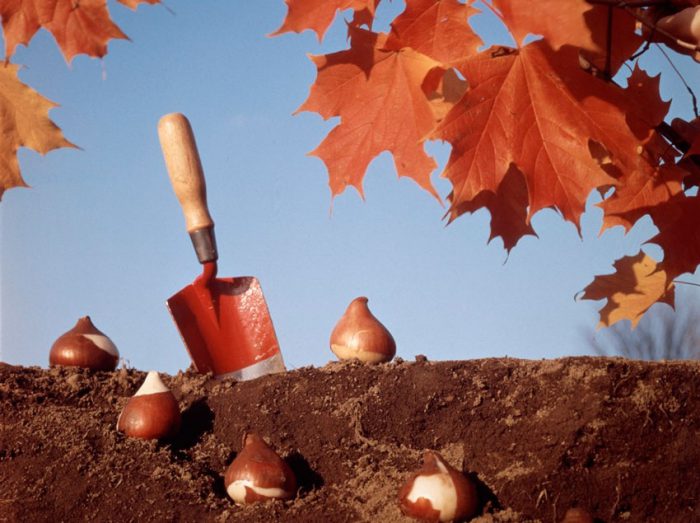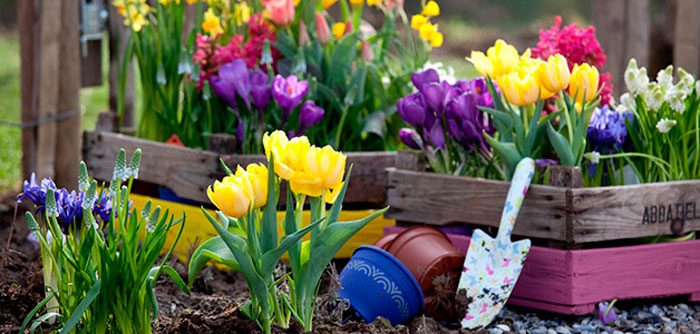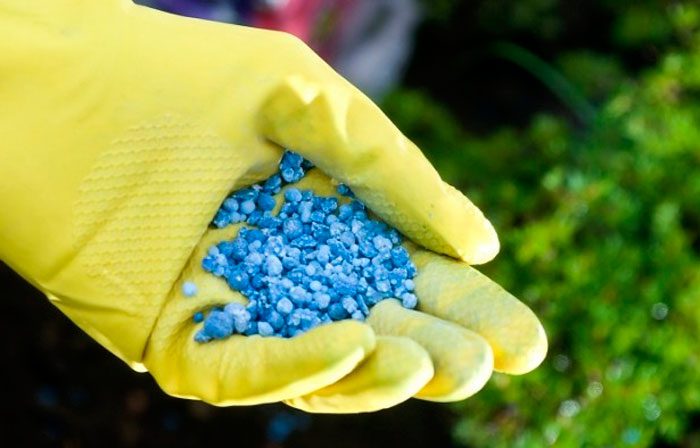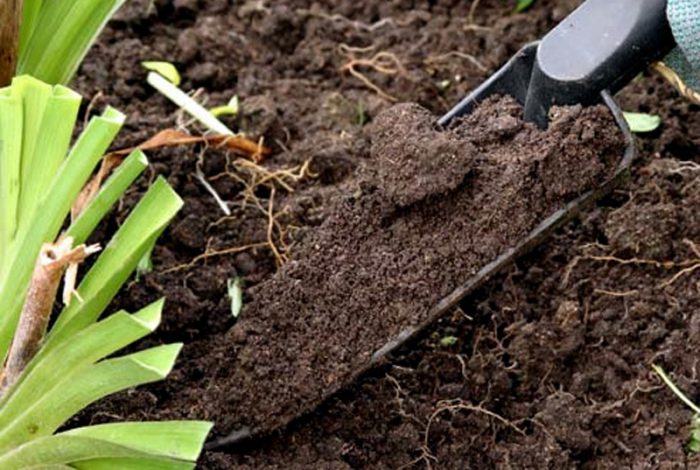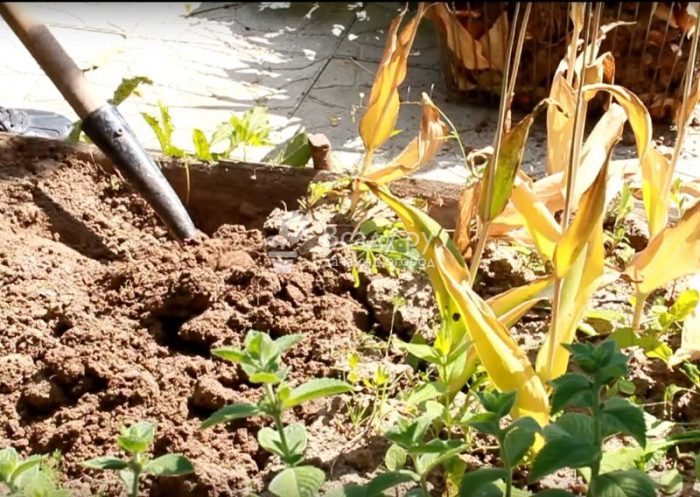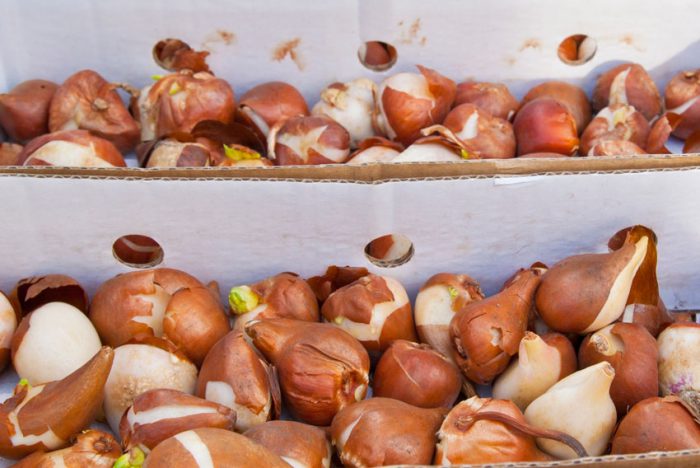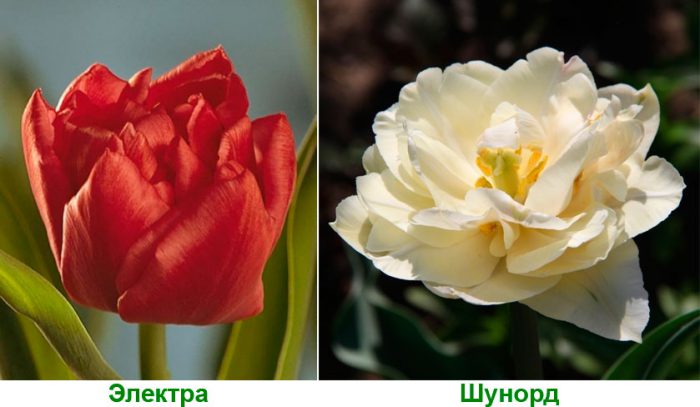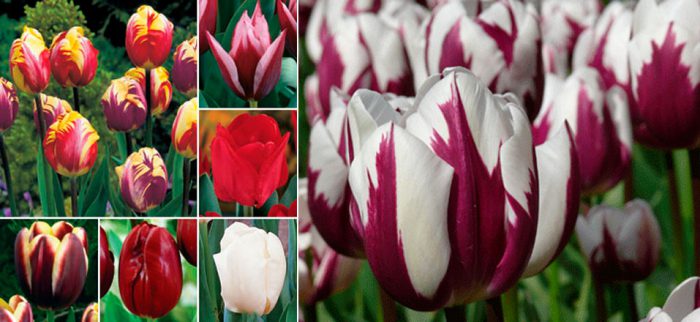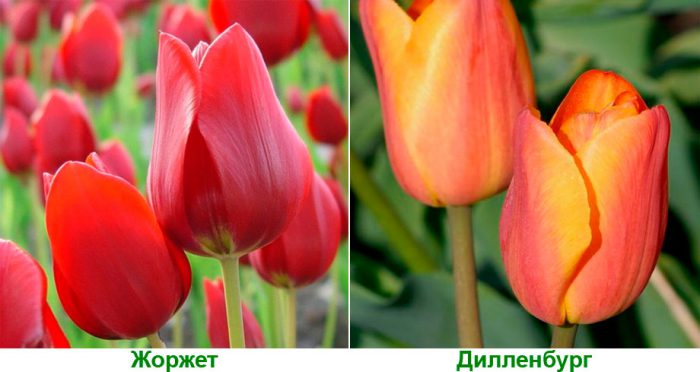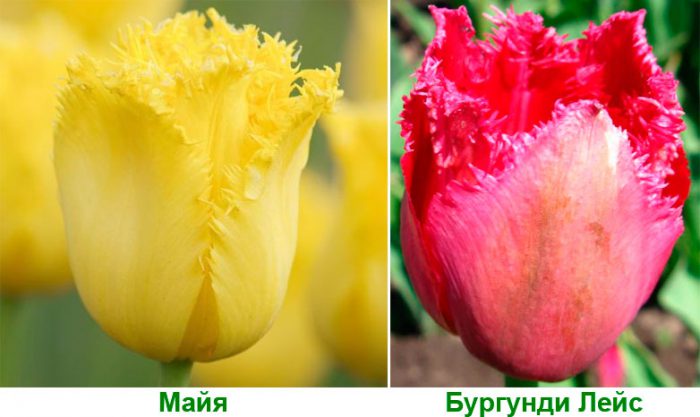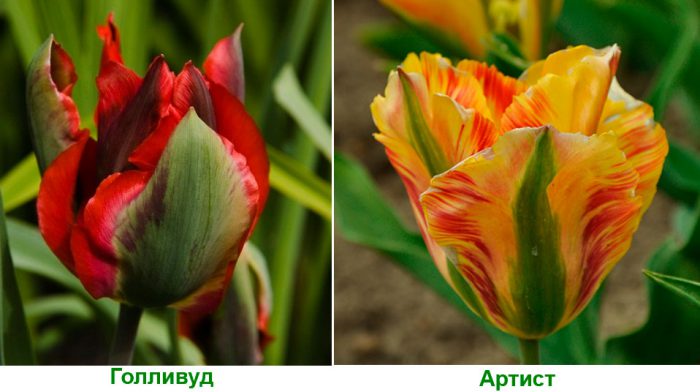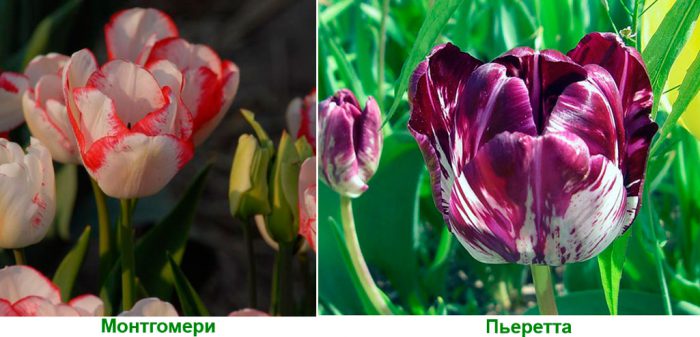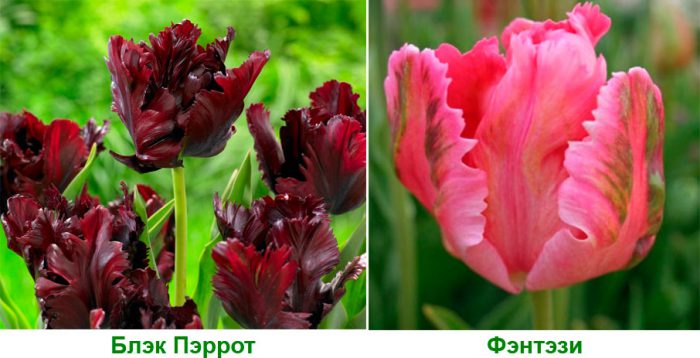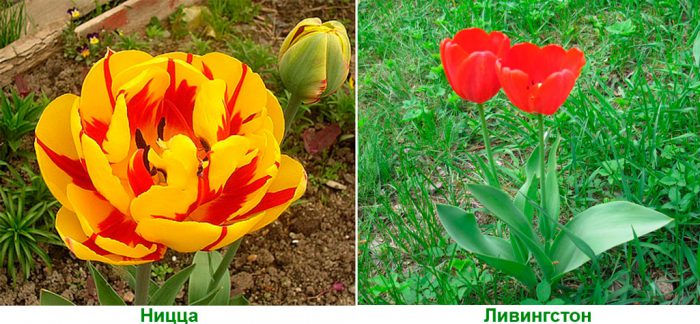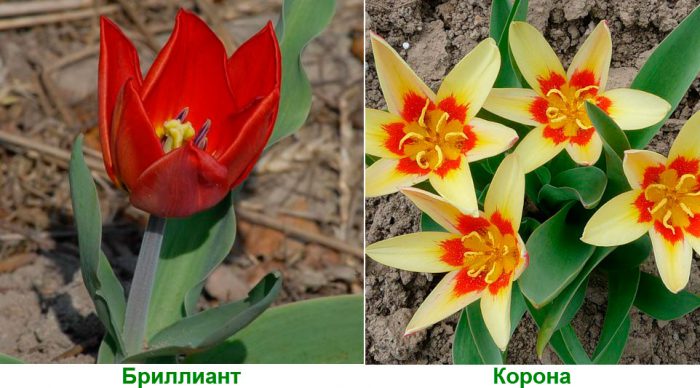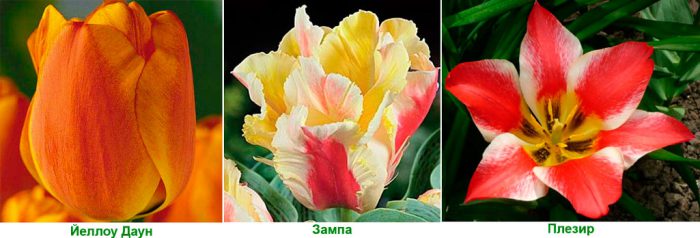Tulip (Tulipa) belongs to the genus of bulbous perennial plants and to the lily family. This flower is very popular, and it is happily grown by both gardeners in private backyards and specialists on an industrial scale. Such a cute flower comes from Central Asia, and the name tulip comes from the Persian word "turban", since the flower itself has a shape similar to it. In Persia, this flower was first grown, where many poets, and especially Hafiz, paid great attention to it. However, tulips have gained particular popularity in Turkey, as they were grown in huge quantities by the spouses of the Sultan in the seraglio. In a kind of competition, women tried to prove their boundless love. In Europe, or rather, in Augsburg, such plants began to be grown in 1554, and it was from that time that they slowly began to spread throughout the European territory, gaining more and more popularity every year. Titled persons also began to collect various varieties of tulips. They gave fabulous money for a new variety of such a flower. These indefatigable collectors included: Cardinal Richelieu, Count Pappenheim, Voltaire, Emperor Franz II and Louis XVIII, who loves to organize the so-called "tulip holidays" in Versailles.
However, the tulip was most idolized in those days in the very rich country of Holland. So, 1630 was distinguished by the fact that at this time in the Netherlands, almost every inhabitant was fond of breeding such plants. Many developed completely new varieties and sold them to various countries for a lot of money. The speculators did not stand aside. And soon a rather difficult situation arose, called "tulip mania". The purchase and sale of bulbs of these flowers took place every day and almost all residents took part in this. They were also traded on stock exchanges, while lawyers did not have time to come up with new trading rules in time. As a result, the cost of the bulbs reached unprecedented heights ... and then everything collapsed. And the end was as sudden as the beginning. So, the demand became much less than the supply, and this led to a panic on the stock exchange. To resolve the situation, the Dutch government had to intervene. So, as a result of the new law, the trade in tulip bulbs has become illegal. And after a while, tulips regained their former status of cute spring flowers.
The black tulip is considered the most successful creation of breeders. Harlem tulip varieties with a dark purple color appeared in the middle of the 17th century, and this event was not ignored by the writers of that time. A completely black tulip was bred in February 1986.This was announced at a press conference by the director of the Netherlands Floristry Institute. He reported that the Dane Gert Hagemann was able to breed such an unusual tulip. This experiment lasted for about three hundred years, and it cost $ 400,000.
Content
Tulip features
The height of a tulip varies from 10 to 100 cm. The accessory roots grow from the bottom of the bulbs, and they represent the root system of this plant. Every year these roots die off. In young bulbs, hollow stolons appear - these are lateral shoots that can grow both vertically downward and sideways. A daughter bulb appears at the bottom of these shoots. The erect stem has a cylindrical shape. On the surface of lanceolate-elongated alternately located leaves there is a coating of wax, which is why their color acquires a greenish-bluish tint. At the very top is the smallest leaf plate, called the flag leaf. And at the bottom is the largest leaf. Typically, a plant has 1 flower. But there are species that grow from 3 to 5 and even more flowers. They have the correct shape. The perianth includes 6 leaves, while there are the same number of stamens with elongated anthers. The most common color of the flower is red, the rarer is yellow and very rare is white. Varietal tulips can be painted in a wide variety of colors. So, there are purple, yellow, almost black, red, snow-white, violet. There are also varieties in which flowers can be painted in several different color shades, while there are a lot of variations in their combinations. Flowers can also have a very different shape, namely: goblet, oval, star-shaped, cupped, lily-shaped, peony-shaped, fringed, etc. The size of the flowers also depends on the variety. So, there are flowers about 12 centimeters long, while their diameter can vary from 3 to 10 centimeters, and during full disclosure it reaches 20 centimeters. The opening of the buds occurs at a time when the sun is shining in the sky, in the evening they close. In cloudy weather, the flowers do not open at all. After the plant has faded, a fruit is formed, which is a box with 3 sides. It has triangular brownish-yellow flat seeds inside.
Growing features
In order to successfully grow such unusually beautiful flowers, you should definitely learn how to properly care for them. At the same time, the rules for caring for tulips are not very complicated, and even a florist with very little experience can cope with their cultivation.
Fundamental rules
- During the intensive growth of the flower, fertilizer must be applied to the soil 3 times.
- You can understand what kind of fertilizer a plant lacks by its appearance. So, if the leaves have become less wide and are not able to maintain an upright position, then the tulip needs a nitrogen-containing fertilizer. The blue that appears along the edge of the foliage means that the plants lack potassium, as well as phosphorus.
- Diseased tulips must be pulled out of the soil along with the bulbs. To disinfect the soil, you need to pour a freshly boiled solution of potassium manganese into the formed hole.
- Treat the soil in the immediate vicinity of the flower carefully. The fact is that it is very easy to damage the leaf plates or roots of the plant, and then the bulb can lose its nutrition.
- In the event that you want to enjoy the view of a contentedly large flower next year, as well as prevent the bulb from breaking up into several small ones, you must definitely pick the wilted flower before the fruit appears.
- The dug out bulbs are dried in a shaded place, as they react extremely negatively to direct sunlight.
- The introduction of fresh manure into the soil can lead to rotting of the bulbs, as well as the appearance of fungal diseases.
- If it is cold in winter and little snow falls, then it is necessary to mulch the soil surface using peat, sawdust, humus or straw.
- If you cut a flower from a plant, then you must leave at least 2 leaves. In this case, the bulb will be able to receive normal nutrition for full development.
- When choosing a plot of soil for planting, tulips should be planted in a place where they have not been grown for at least 3 years.
Planting tulips in open ground
What time should you plant
For the normal development of the plant, it is necessary to plant them in the soil in a timely manner. So, it should be remembered that the planting of bulbs in the soil must be carried out in the autumn, and at the same time, do not forget that it will take at least 3-4 weeks for them to take root normally. If the bulbs are planted later, then in spring they will grow and develop more slowly than it should be, and they will also form very small bulbs. They will also not bloom so effectively. If they are planted too early, the bulbs can sprout. In this case, the very first frosts will destroy the plants. The optimal time for planting tulips is recommended to be calculated from the soil temperature. So, it needs to be measured at a depth of about 10-12 centimeters. If it is 10 degrees, then you can safely land. As a rule, this time falls in the middle of September.
Planting bulbs in the spring
Flower growers with considerable experience assure that in spring it is possible to plant bulbs if you did not manage to do this in the autumn months. However, you will definitely not wait for abundant flowering this year. It will be good if only a few specimens bloom. Before planting the bulbs, they need to be put on the refrigerator shelf overnight, and then processed in a weak solution of potassium manganese (keep for about 30 minutes). The preparation of the beds should be done after the snow cover disappears. So, with the help of a fork, it is necessary to dig up the ground and make grooves. For large bulbs, the distance between the grooves is 25–30 centimeters, and for children, it is 10–15 centimeters. Before planting the bulbs, water the grooves with freshly boiled potassium manganese solution.
When choosing a place for tulips, you should take into account that it must be sunny and protected from strong gusts of wind. The soil should be well-drained, slightly alkaline or neutral. Sandy loam soil is ideal, in which in the spring it is necessary to add rotted compost, as well as wood ash (1 m2 taken 200 g). If the soil is very heavy, it can be improved. To do this, you need to add compost, river sand and loose soil saturated with nutrients into it. To enhance drainage, you need to pour a three-centimeter layer of washed coarse sand on the bottom of the prepared grooves during planting. Large bulbs should be buried in the ground to a depth of 10 to 15 centimeters, and small ones (children) - from 5 to 7 centimeters. The bulbs should be slightly pressed into the ground, and then sprinkled with soil and hardened with a rake. Mulching with peat will help prevent soil cracking.
Autumn planting
In autumn, it is important to plant tulips correctly and provide them with the necessary care. The fact is that very soon the winter period will come and how the plants overwinter, and how effectively they will bloom in the spring, directly depends on how successfully you worked in the fall. Before planting tulips, it is necessary to thoroughly examine their bulbs. So, those that have signs of any disease or damage should be destroyed. Experienced florists recommend planting according to varieties. In this case, caring for the plants will not be so difficult, and it is easier to dig up the bulbs. Before planting directly, the bulb should be soaked for half an hour or an hour in a 5% solution of potassium manganese. They need to be planted in the same way as in the spring. In light soil, the bulb must be planted to a depth equal to its 3 diameters, and in heavier soil - 2. It is imperative to mulch the soil surface. Peat, straw, dry foliage, and sawdust are perfect for this.
Tulip care
It is necessary to take care of such flowers from the beginning of spring. After shoots appear, you should carefully inspect the plantings. Those bulbs that did not sprout must be carefully dug up and destroyed in order to prevent the spread of the disease to other plants. The tulip is very fond of moisture, but its roots are quite short and therefore the flower is not able to take water from deep layers of the soil. Therefore, it is very important to water the tulips on time. How often and abundantly the plants should be watered directly depends on the composition of the soil. But it should be borne in mind that during the formation of buds and flowering, they should be watered abundantly and systematically. After the plant has faded, it is watered abundantly and systematically for another half month. When watering, water should seep into the soil to the entire depth of the root system. In this regard, 10-40 liters of water should be poured per 1 square meter. When watering, try to prevent liquid from getting on the surface of the leaves, as this may cause a burn.
Top dressing
It is recommended to feed the plants with fertilizer solutions. If you like dry fertilizers, then before scattering them over the surface of the soil, you need to ventilate the tulip leaves. So, if fertilizer gets on a wet area of the leaf plate, then a burn may result. After the dry fertilizer is distributed over the area, the soil should be thoroughly watered. Only then can nutrients penetrate into the soil and be absorbed by the tulip root system. The first time the plants should be fed in early spring, after the sprouts appear. At this time, you can carry out top dressing with dry fertilizer. You just need to spread it evenly, and then water the soil. A mixture of phosphorus, nitrogen and potassium (2: 2: 1) is suitable as fertilizer. 1 square meter will take 50 g of this fertilizer. The second feeding is carried out at the beginning of budding. This time, it is recommended to use exactly the nutrient solution, which contains 1 part nitrogen, 2 parts phosphorus and the same amount of potassium. For 1 square meter, you need 30–35 g of solution. For the third time, fertilizers are applied to the soil immediately after the end of flowering. This time, phosphorus and potassium are taken in equal parts, and nitrogen is not used. For 1 square meter, it will take from 30 to 35 g of solution. In order for the plants to grow daughter bulbs more intensively, a small amount of zinc and boron should be added to the solution.
Loosening the soil and removing weeds
Loosening the soil and removing weeds should be systematic. It is recommended to carry out this procedure after watering, since at this time it is easiest to pull out the weeds. It should be remembered that weeds take a lot of nutrients from the soil, thus depleting the soil. In this regard, try to delete them in a timely manner.If the soil is systematically loosened, this will slow down the process of evaporation of moisture, and will also lead to the death of weeds. To weed and loosen much less often, it is recommended to distribute a uniform layer of mulch over the soil surface.
Do not forget to pick off fading flowers in a timely manner. In this case, tulips will not waste their energy on the growth and development of seeds, but the mass of bulbs will increase.
Transplant features
If you dig up the bulbs every year, examine them, sort them, etch them to reduce the risk of disease, then all the same this will not be able to nullify the negative impact of monoculture. There are 2 ways out: the first is to completely change the topsoil, the second is to transplant the plant to a new site. The most convenient way is the second. Only tulips from 13 to 15 class can not be transplanted. However, they will need a transplant after 3 or 4 years.
Reproduction methods
It can be propagated by seeds and with the help of bulbs. As a rule, only specialists (breeders) use seeds for reproduction, and that's all, because this kind of flowers are not able to preserve the varietal characteristics of the parent plant. Sowing is carried out in a greenhouse or in open soil. They are grown in one place without transplanting for 2-3 years, while the plants must be protected from frost in the winter. After that, mature bulbs need to be dug up and stored. The landing should be carried out in the autumn. The first flowering of such plants is observed only in the 5-6 year of life. However, it should be borne in mind that the first years of the flowers will not be very effective. Only at 8–12 years of age will the tulip bloom very effectively.
Experienced flower growers recommend propagating tulips exclusively with bulbs. An important feature of such plants is that after flowering ends, the parent bulb dies off, and it is replaced by a developing daughter with children. A lot of factors can influence the number of children formed, and the main one is environmental. It happens that not 1 large, but 2 smaller replacing bulbs are formed. At the same time, peduncles can grow in children after a few years. If you want to avoid the gradual degeneration of plants, then plant only onion-toppers in the soil, the diameter of which should be at least 12 centimeters. Such plants retain all the necessary varietal characteristics. Small onions are recommended for indoor distillation. In this case, the children should be grown to the required size and only after that they should be planted on an area with plants.
Pests and diseases
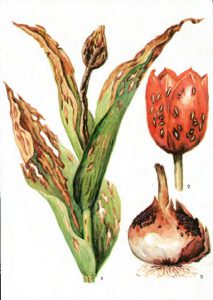

Such a plant is susceptible to the August disease, the development of which is facilitated by the tobacco necrosis virus. You can find out that a tulip is infected by a twisted shoot and a flower disfigured by stripes; specks of dark color also appear on the bulbs. The infected flower must be destroyed. To do this, it is dug directly with an earthen lump, and a very strong solution should be poured into the resulting hole, for the preparation of which 3 grams of boric acid and 10 grams of manganese potassium are taken per liter of water. A hot solution should be poured into the hole.Or, instead of a solution, pour wood ash into the hole. For prevention purposes, healthy tulips are treated with a solution of foundationol.
Also, the plant is susceptible to fungal diseases. So, it can become infected with root, wet, soft, gray, white or botrytous rot. Plants are especially susceptible to such diseases during the rainy spring period. Regardless of the cause of the disease, preventive measures are the same: the land must be well drained and the plants must be properly cared for. When the bulbs are dug out in the summer, it is recommended to sow plants that can produce phytoncides in this area of the soil, for example: calendula, nasturtium, marigolds or mustard. You should also spill the area with a fungicide solution (2 g of substance per liter of water).
Lilac scoops, snails, mouse-like rodents, bears, onion root mites, slugs can settle on the plant. Get rid of the onion mite in the following way. The dug out bulbs should be immersed in hot (35 to 40 degrees) water and held for about 5 minutes. In the case when tulips become infected during the period of intensive growth, they are treated with a 2% solution of rogor or keltan. In the absence of the desired result, diseased flowers must be destroyed. When you dig up the bulbs, you need to plant radishes, tomatoes or tagetas in this area of the soil, since they are resistant to these pests. You can get rid of the purple scoop by shedding mothballs on the foliage. On the site you need to lay out pieces of material, boards, pieces of slate and plywood, etc. Under them slugs, bears, snails will crawl under them in the daytime. You will have to systematically collect and destroy them. Dig a glass jar into the soil and fill it with water (not to the top). Bears fall into this trap and do not get out. Mousetraps will help against rodents, or you can process the bulbs before planting with iron red lead.
Tulips after flowering
Care of a faded plant
- Apply phosphate-potassium fertilizer.
- Remove wilted flowers with ovaries.
- Do not prune the stems.
- The faded plant is watered for another half a month, and then watering is gradually reduced and completely stopped.
- When the leaves and stem wilt, the bulb should be dug.
- What time should you dig the onion
Only a few varieties of tulips, whose flowers have a red color, can be left in the soil for the summer. So, if the bulbs are not dug up, then the flowers will become smaller, and the stem will be shorter and thinner. The fact is that every year after flowering, the mother's bulb pushes the children upward, and itself sinks into the soil. Therefore, the plant without transplanting the next year, small flowers appear, because the children are blooming, while the parent bulb remains "buried". In this regard, after the foliage is completely dry and when the stem becomes very flexible, you need to dig out the bulb with a bayonet shovel.
Storing tulip bulbs
The bulbs removed from the ground should be thoroughly rinsed under running water and put on for 30 minutes. in 3-4% solution of karbofos, you can put them for 10 minutes immerse in water with a temperature of 50 degrees. Place the bulbs in a dry, well-ventilated, dark place with a temperature of 25 to 30 degrees in 1 layer. The bulbs dried for 3-5 days are removed for storage.
Preparation for storage: remove old roots and scales from the bulbs, separate the babies that come off without effort. Distribute by size. Sprinkle the bulbs in 1 layer into trellised boxes, and then move them to a well-ventilated place with diffused lighting, for example, in the attic or in the barn. Do not cover them, because children may die, since the bulbs release ethylene. Until the beginning of autumn, the temperature should be maintained at about 20 degrees, later it can be reduced to 17 degrees. Inspect the bulbs systematically every 7 days.Destroy soft bulbs, as well as those that have light yellow or whitish spots (signs of decay). Before planting in autumn, process the planting material with a potassium manganese solution.
The main types and varieties with photos
Most of the species cultivated by humans are related to a species called Tulipa gesneriana. And in the wild, you can meet the following species: Tulipa sylvestris (forest tulip), Tulipa biebersteiniana (Bieberstein tulip), Tulipa biflora (two-flowered tulip), as well as Tulipa greigii, Tulipa pubescens, Tulipa eichleri, etc.
Dutch growers in November 1981 made a new (last) classification of tulips. Also, a register was compiled, which included 10 thousand varieties, divided into 4 groups, as well as 15 classes. This classification is accepted by everyone unconditionally.
1st group. Early flowering
1st grade - Simple early
They have a small height, strong peduncle from 25 to 40 centimeters. Yellow or red goblet or cup-shaped flower. Sorts: "Demeter", "Golden Olga", "Golden Harvest".
2nd class - Early terry
They reach a height of 25 to 35 centimeters, double flowers can be yellow or red. Their diameter after full disclosure is 10 centimeters. Flowering is long. Varieties: "Electra", "Shunord", "Madame Testu".
2nd group. Mid-flowering
3rd class - Triumph
The height of the peduncles is from 40 to 70 centimeters. Large goblet-shaped flowers can be painted in different shades from dark purple to pure white. Sorts: "Crater", "Golden Eddy", "Snowstar".
4th grade - Darwin hybrids
Peduncle height from 60 to 80 centimeters. The diameter of the flowers is over 10 centimeters. Painted in bright red or other shades of this color (there are two colors). They tolerate frost in the spring and are not susceptible to variegation virus. Sorts: "Big Chief", "Apeldoorn", "Vivex".
3rd group. Late blooming
5th grade - Late simple
Strong bushes reach a height of 60 to 75 centimeters. Large goblet-shaped flowers have obtuse petals and a square-shaped base. The color is from black to white, from burgundy to pinkish, there are also two-tone. They reproduce easily. Varieties: Georgette, Dillenburg, Bacchus.
6th grade. Lily-colored
In height, the peduncle reaches from 50 to 60 centimeters. The flowers are glass-shaped and have pointed petals that are folded back. The color is different. Sorts: "Red Shine", "White Triumphant", "Gisella".
7th grade - Fringed
A needle-like fringe runs along the edge of the petals. They reach a height of 50 to 80 centimeters. Can be colored from purple and dark chocolate to white. The size and shape of the flowers are varied. Varieties: "Exotic", "Maya", "Burgundy Lace".
8th grade - Greens
During the entire flowering, there are greenish spots on the backs of the petals. They reach a height of 30-60 centimeters. Narrow sheet plates. The length of the flowers is from 6 to 10 centimeters. Varieties: "Samurai", "Hollywood", "Artist".
9th grade - Rembrandt
A small class that includes variegated varieties. Large flowers are glass-shaped and their length is 7-9 centimeters. Streaks and specks are scattered on yellow, red or white petals. The peduncle reaches a height of 40 to 70 centimeters. Varieties: "Black Boy", "Montgomery", "Pierrette".
10th grade. Parrot
The most exotic. The petals are strongly cut along the edge and are similar to the wing of a bird. When fully expanded, the diameter of the flower is sometimes 20 centimeters. The height of the bush varies from 40 to 65 centimeters. Color from red-black to white. Varieties: "Discovery", "Black Parrot", "Fantasy".
11th grade - Late terry
Peony flowers are densely double. The height of the peduncles is from 45 to 60 centimeters. Flowering later, the size exceeds the double varieties. The color is different, there are two-colored. Varieties: Livingston, Eros, Nice.
4th group. Botanical and species
12th grade - Kaufman
Very early flowering.Bushes reach a height of 15 to 25 centimeters. Elongated, large flowers, after opening, are star-shaped. The color is different, but bicolor varieties are more common. The foliage has spots or stripes of a purple hue. Varieties: "Diamond", "Lady Rose Orange Boy", "Crown".
13th grade - Foster
Quite large plants. The length of the elongated flowers is 15 centimeters. In height, the peduncle reaches from 30 to 50 centimeters. The color is rich red and orange-red, there are varieties of pink, as well as yellow. On the surface of the slightly wavy fleshy leaves, streaks of purple color are sometimes found. Varieties: "Zombie", "Patient", "Copenhagen".
14th grade - Greiga
The height of the bush is only 20 to 30 centimeters. Quite large flowers have a wide base. The petals are slightly bent back. Color - different shades of red, there are two colors. There is a speck on the surface of the leaves. Varieties: "Yellow Down", "Zampa", "Plaisir".
15th grade - Botanical
All species found in the wild are included. They are not tall, bloom early, have a different color, there are many-flowered species. Types: Gesner, Schrenk.
There is one more completely new group not included in the classification. Terry-fringed.
The flowers are very fringed, of various colors. The edge of the petals is fringed.

